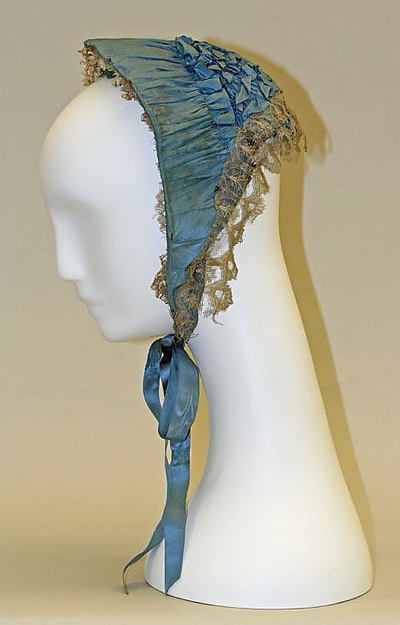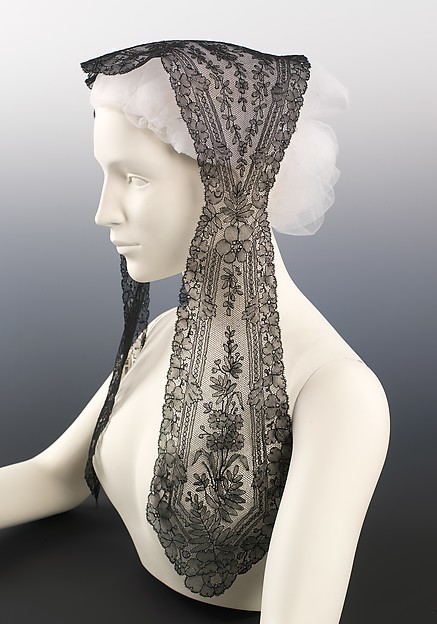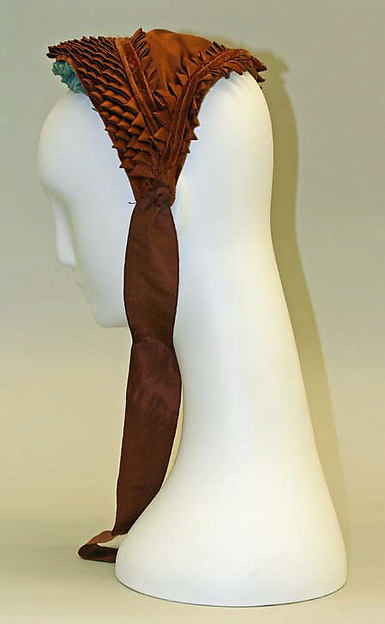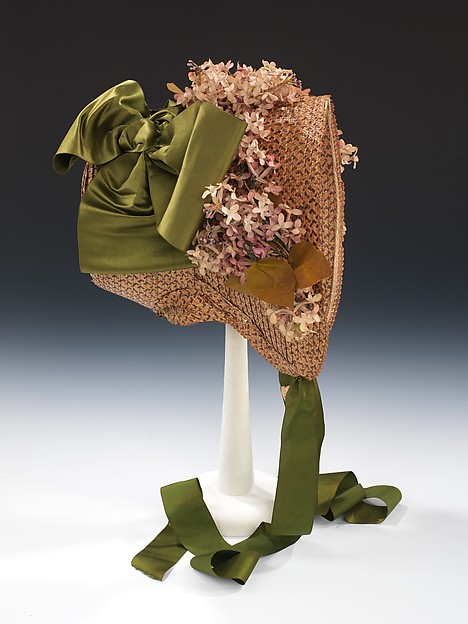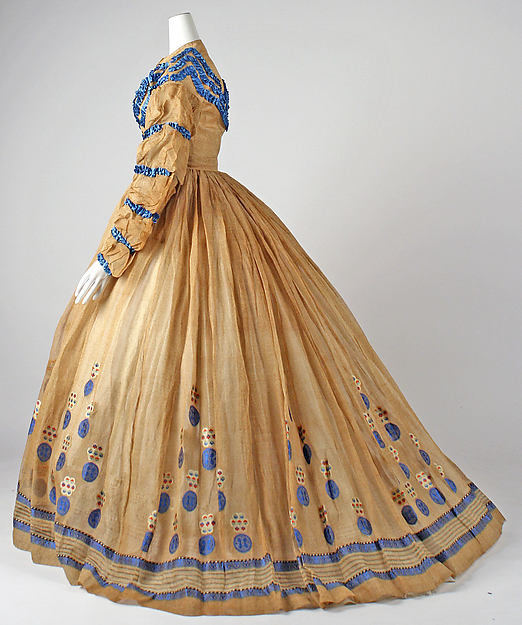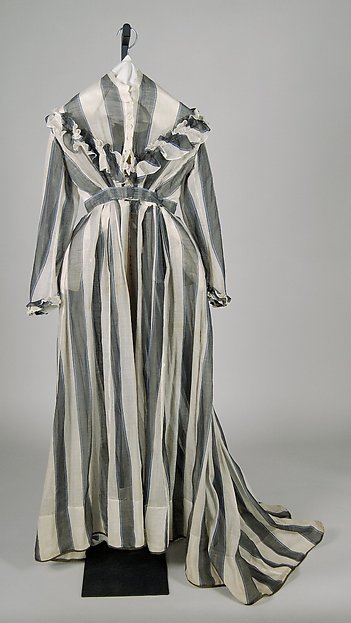The Challenge: Make a dish which requires an ingredient not readily available at the grocery store.
The Receipt: Chocolate and vanilla cream bonbons from
The Confectioner's Manual (page 95).
CHOCOLATE AND VANILLA CREAM BONBONS.
Ingredients: 2 oz. of the finest picked gum arabic in a gill of hot water about 2 lbs. of the finest icing, 4 oz of french chocolate, 2 whites of eggs, and a few drop of essence of vanilla.
The soaked gum must be strained through a piece muslin into a basin, the essence of vanilla added to it, filled in with as much icing sugar as it will absorb: the whole into a rather stiff yet soft and elastic body.
Dissolve the chocolate with about a table-spoonful water in the oven ;work this thoroughly smooth with a spoon and incorporate it with two whites of eggs of royal icing. Fill a biscuit forcer, having a quarter-inch tin tube adapted to it, with the white vanilla cream preparation, and push it out upon a large sheet of paper well dredged over with fine sugar; and as the contents of the forcer are pushed out with the left hand, with a small knife held in the right hand cut off the white cream as it is pressed out, in pieces the size of small filbert-kernels: as each sheet of these chops is completed place it on a baking-plate for ten minutes in the screen, merely to dry their surfaces. Next dip each of these white balls in the chocolate-icing, holding one at a time upon the tip of a fork so as to be able to place it out of hand on a close-made wire tray; and, when each is filled, sit them to dry for about ten minutes in the screen: they may afterwards be put away between sheets of paper in a box.
Gum Arabic: Also called "acacia gum", this in a plant-derived binder and emulsifying agent. It shows up frequently in Victorian receipts and recipes (everything from chocolates to envelops). Apparently, modern uses are equally diverse (cocktails, artists' pigments). After visiting two chain grocery stores, the co-op with the good bulk section, four specialty groceries, and an apothecary, I finally located some at an herbalist supply store. The art store also carries it, but only as a pre-mixed liquid.
French chocolate: According to the explanatory notes earlier in the book, this is a chocolate made with equal weights of cocoa and sugar.
Icing sugar: powdered sugar, I believe
Royal icing: Based on page 96, this is egg whites, powdered sugar, and flavoring, all worked to a "stiff, but somewhat liquid" consistency. Naturally, proportions are not included.
Gill: a unit of liquid volume equal to 1/2 cup (4 fl oz)
Region/Date: American, 1865
How Did You Make It? Chocolate: Prepare "royal icing" by mixing 6 TBSP pasteurized egg white (equivalent to 2 egg whites) with approximately 4 cups of powdered sugar and 1 tsp vanilla extract. Melt 4 oz of dark chocolate (45% cacao) with 1 TBSP water on the stovetop; stir icing into melted chocolate.
Center: Dissolve 2 oz. gum arabic in 1/2 cup hot water. Strain through a piece of muslin. Add 4 TBSP vanilla extract and approximately 8 cups of powdered sugar to make a thick paste. Drop with a pastry bag (improvised on this occasion from a folded piece of parchment paper with one corner cut off) onto a baking sheet, and dry in the oven for 10 minutes (lowest "warm" setting). Roll in chocolate icing and set on a piece of parchment paper on a wire rack to dry--when set directly on the wire, they tend to droop and make a mess.
Time: 2+ hours, for half of the batch
Cost: Just over $5.
How Successful Was It? Nothing caught on fire this time! Tastes alright, though the centers are more generically sweet than vanilla-flavored (which is why I kept adding more vanilla). Looks could use definite improvement: the chocolate kept hardening so it didn't coat evenly, and the soft centers are liable to get deformed while dipping.
With how labor-intensive the process is, I probably won't make these again. They don't look nice enough to serve to company, and take too much work for home use. A second person (ideally, some sort of confectioner) would definitely make the process less onerous.
How Accurate Was It? I used vanilla extract in place of vanilla essence, and the pasteurized egg whites, Otherwise, very good.
 |
| The highly-sought gum arabic |
 |
| In solution |
 |
| Vanilla cream for the centers |
 |
| Dried centers |
 |
| "Royal Icing" |
 |
| Chocolate Icing |
 |
| Bonbons |

















